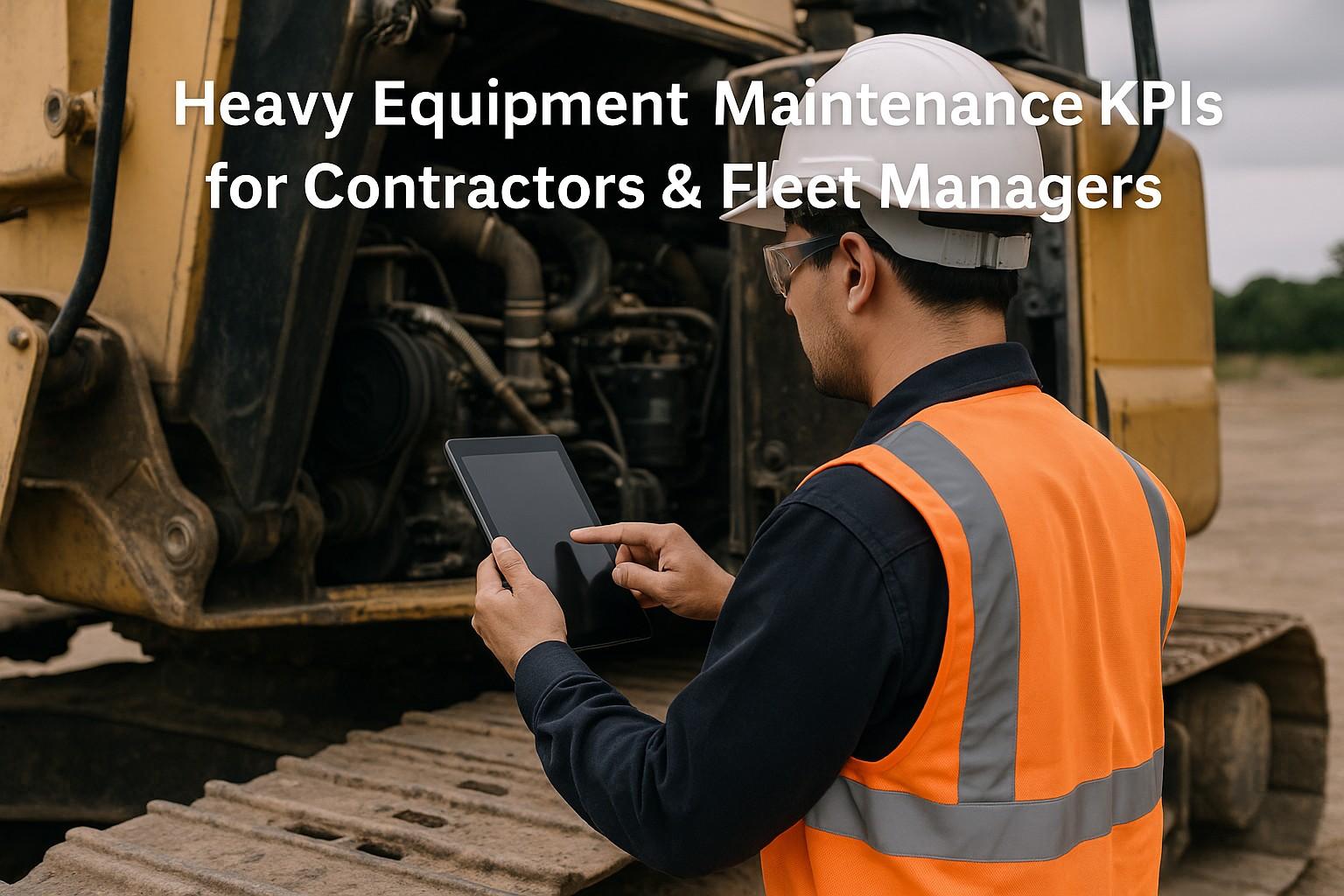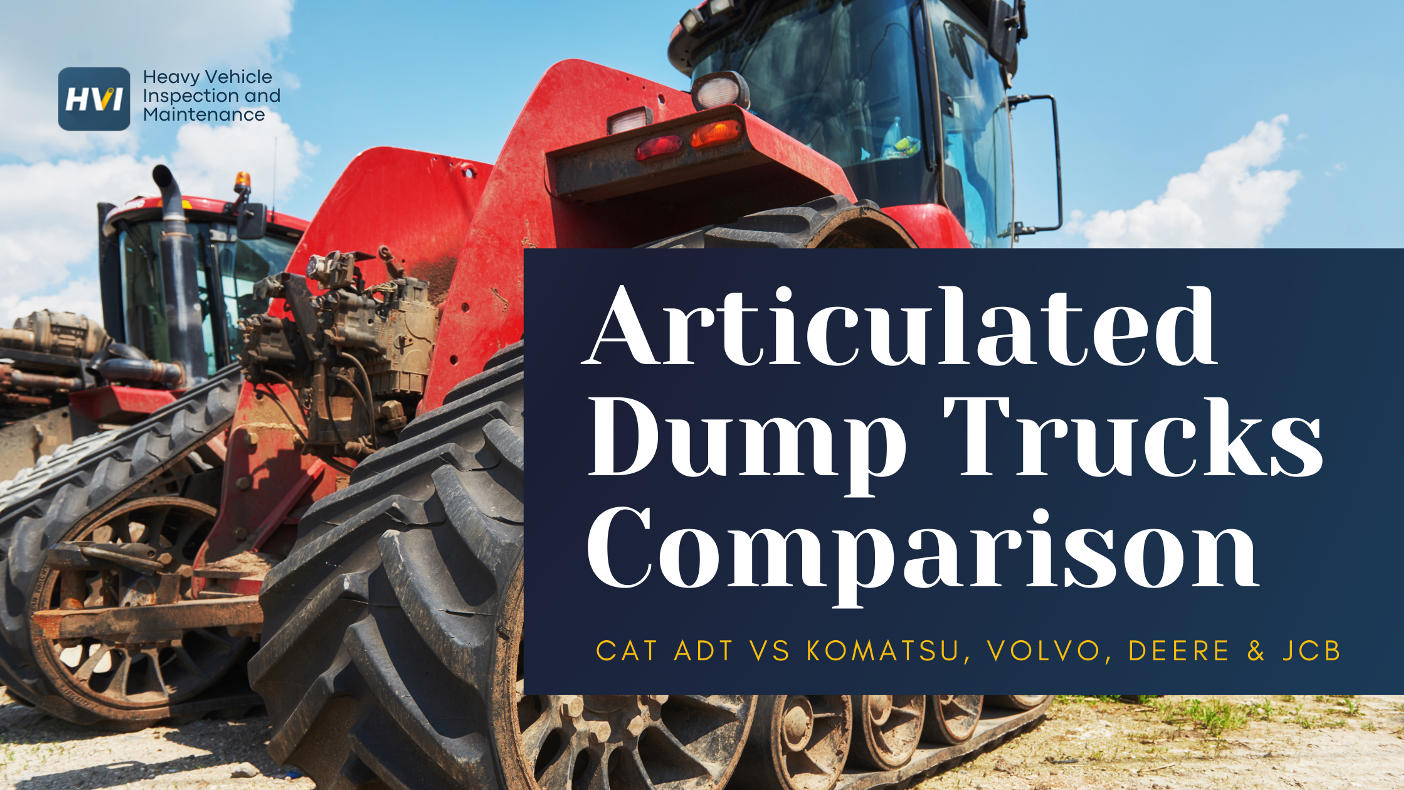Box truck fleet operators face an average of $12,500 per vehicle annually in preventable maintenance costs, with improperly inspected fleets experiencing 45% higher operational costs and 40% more unplanned downtime. With over 350,000 box trucks operating across American delivery and logistics networks, implementing the right pre-trip inspection protocol isn't just about DOT compliance—it's about preserving profit margins that can swing by $3,000-6,000 per truck annually based on inspection effectiveness.
This comprehensive pre-trip inspection drill eliminates 78% of roadside breakdowns, reduces operational costs by 35%, and generates annual savings of $4,200 per truck through systematic implementation of proven inspection protocols. More importantly, it transforms reactive maintenance culture into proactive operational excellence that ensures delivery schedules, regulatory compliance, and maximum fleet reliability.
Annual Fleet Performance Impact
Ready to Transform Your Pre-Trip Inspection Strategy?
Discover proven inspection protocols that unlock significant cost savings and operational efficiency.
The Ultimate Box Truck Pre-Trip Inspection Framework
Effective box truck pre-trip inspections require a systematic approach that addresses the seven critical failure modes responsible for 85% of all roadside breakdowns: engine performance issues, brake system malfunctions, tire failures, electrical system problems, suspension wear, cargo door mechanisms, and safety equipment deficiencies. This inspection drill integrates DOT compliance requirements, preventive maintenance checks, and safety protocols into a comprehensive framework that maximizes vehicle reliability while minimizing total cost of ownership.
Digital Integration for Inspection Excellence
Modern pre-trip inspections transcend paper checklists to incorporate mobile applications, GPS tracking, and automated compliance systems that optimize inspection efficiency and documentation accuracy. Digital inspection platforms achieve 98% compliance accuracy while reducing inspection time by 40% through streamlined workflows that adapt to driver-specific patterns and vehicle configurations.
Cloud-based inspection management systems enable real-time monitoring between drivers, fleet managers, and maintenance teams. This connectivity improves defect resolution times and ensures proper follow-up, crucial factors in maintaining delivery schedules and operational efficiency across diverse delivery environments.
- ✓ Mobile Inspection Apps with photo documentation, GPS tracking, and real-time submission capabilities
- ✓ Electronic Logging Integration connecting inspection data with Hours of Service compliance
- ✓ Fleet Management Dashboards providing real-time inspection status and defect tracking
- ✓ Automated Compliance Reporting generating DOT-required inspection records and audit trails
- ✓ Defect Management Systems linking identified issues to maintenance scheduling and resolution tracking
- ✓ Driver Training Modules providing interactive inspection training and certification tracking
Implementation Strategy for Maximum Compliance
Successful inspection drill implementation requires a phased approach that minimizes operational disruption while maximizing immediate compliance benefits. The recommended timeline spans 4-8 weeks with priority given to high-impact, low-cost implementations that demonstrate immediate value before investing in comprehensive digital systems.
Investment in these advanced inspection technologies today provides protection against regulatory changes and ensures compatibility with future fleet management systems. The total cost of ownership calculations strongly favor early adoption, with payback periods typically ranging from 8-12 months through reduced breakdowns, improved efficiency, and avoided violations.
- ✓ Implement standardized inspection checklists with $200-400 investment in mobile devices per driver
- ✓ Deploy basic inspection apps using $500-800 investment in software licenses and training
- ✓ Establish baseline compliance metrics and documentation requirements
- ✓ Create driver-specific inspection protocols based on route and vehicle requirements
- ✓ Train drivers on systematic inspection procedures and defect identification
- ✓ Set up automated alerts for critical defects and maintenance requirements
- ✓ Deploy comprehensive fleet management systems with $1,500-2,500 per vehicle investment
- ✓ Implement predictive maintenance platforms with diagnostic capabilities
- ✓ Integrate with existing dispatch and routing systems
- ✓ Establish automated maintenance scheduling and parts ordering
- ✓ Deploy advanced diagnostic equipment for detailed vehicle assessments
- ✓ Create compliance dashboards for operational and regulatory visibility
Measuring Success: Essential KPIs for Inspection Excellence
Effective pre-trip inspection programs require continuous measurement and optimization based on quantifiable performance indicators that demonstrate compliance improvement and operational returns. These metrics enable data-driven decision-making and justify continued investment in inspection excellence programs.
Investment in these advanced inspection technologies today provides protection against regulatory changes and ensures compatibility with future compliance requirements. The total cost of ownership calculations strongly favor early adoption, with payback periods typically ranging from 8-12 months through reduced violations, improved efficiency, and extended vehicle life.
- ✓ DOT Compliance Score targeting 95%+ achievement over baseline performance levels
- ✓ Vehicle Downtime Reduction of 40-50% within first year of implementation
- ✓ Maintenance cost optimization achieving $3,000-6,000 annually per truck through systematic inspection
- ✓ Fuel efficiency improvement of 8-12% through optimized vehicle condition and operations
- ✓ Safety incident reduction improving CSA scores by 75% through systematic defect detection
- ✓ Driver satisfaction improvement through reduced breakdown stress and improved vehicle reliability
DOT Compliance and Future-Proofing Strategies
Federal Motor Carrier Safety Administration regulations require specific pre-trip inspection documentation and vehicle condition standards that continue evolving with safety requirements. This inspection drill not only improves operational efficiency but also ensures compliance with current FMCSA standards and positions operators for future regulatory requirements.
New Electronic Logging Device mandates and enhanced inspection requirements will demand more sophisticated documentation and tracking capabilities. Early implementation provides competitive advantage and avoids costly compliance gaps while positioning operators for future regulatory requirements and market opportunities.
Maximizing ROI Through Strategic Inspection Excellence
The implementation of this comprehensive pre-trip inspection drill represents more than regulatory compliance—it's a strategic investment in fleet sustainability and profitability that positions box truck operators for significant competitive advantages in an increasingly regulated market. The financial benefits extend beyond immediate cost savings to encompass improved delivery capabilities and enhanced vehicle value retention.
Box truck operators who embrace these advanced inspection protocols achieve measurable improvements in vehicle reliability, operational costs, and delivery performance. Conservative estimates suggest total ROI exceeding 250% within two years of full implementation, with immediate benefits visible within the first month following deployment.
The transportation industry's regulatory transformation demands proactive adaptation and investment in proven inspection strategies. Fleet operators who implement this inspection drill today will be best positioned to capitalize on emerging opportunities while avoiding the costly consequences of reactive maintenance approaches that plague traditional operations.
Transform Your Box Truck Inspection Strategy Today
Start implementing this proven inspection drill and join the ranks of America's most successful fleet operators.
Book a Demo
.png)



